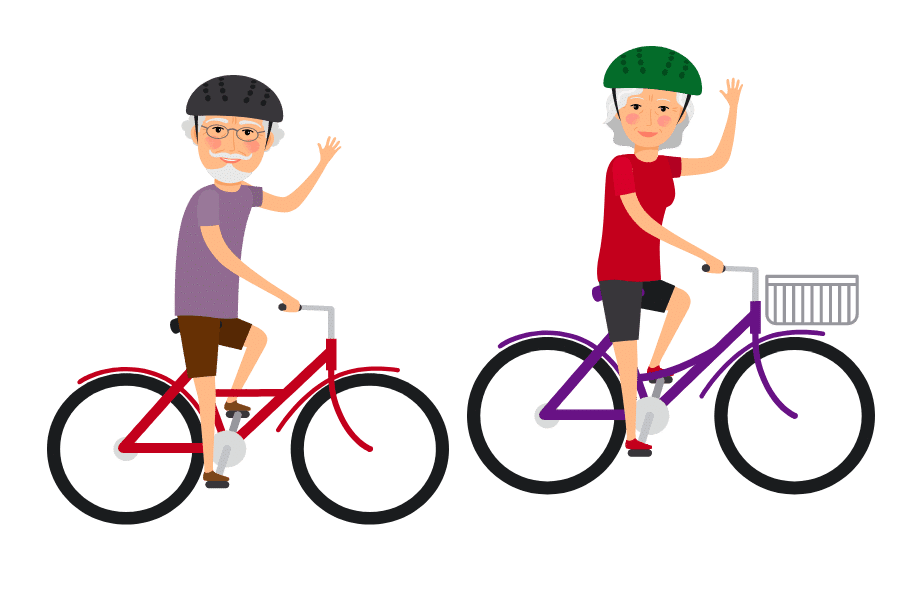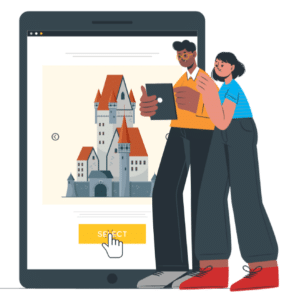Public footpaths and other rights of way grant access to the general public.
It would be possible for a public footpath to cross part of your land. If so, you must allow people access.
Moreover, having a footpath crossing your property may make it more difficult to arrange a mortgage. In the following sections, we look into the various issues associated with a public footpath on your property and how lenders feel about them.
What is a public right of way?
In England, a public right of way is a legally established path or route that allows the general public to access and traverse, either on foot or using other permissible modes of transport. These rights grant passage through private or public land without obstruction, and they are protected by law. England boasts over 130,000 miles of footpaths, bridleways, and byways.
Three primary types of public rights of way exist:
FOOTPATHS
Footpaths are usually basic paths that are not normally surfaced. On a footpath, you can walk, push a pram, operate a mobility scooter, or stroll with a dog.
BRIDLEWAYS
Bridleways, or bridlepaths, also permits riding or leading a horse, or cycling.
BYWAYS
Byways, on the other hand, are minor tracks not designated as roads but are accessible to vehicles.
The law permits the public to access a public right of way, as well as linger on the path as long as it remains unobstructed. Supervised dogs also have access.
Public footpaths and mortgages
A public right of way across your property legally permits members of the public to access it.
The only stipulation is that individuals remain on the public right of way and avoid going onto your property.
When purchasing a property with extensive land always check for any right of way.
Mortgage lenders will accept these properties, but often their maximum LTV drops to around 85%.

Assessing the Impact on Your Mortgage Application
The influence of the public right of way on your mortgage application largely depends on the footpath’s location on your property, the degree of intrusion, and its impact on the value.
The lender will ask their surveyor to visit the property and assess the extent of the right of way, and how it affects the property.
This could then mean that further reports are needed, or legal clarification concerning access and boundaries.
Be prepared for this to cause some delays and for your legal bill to increase.
Property Value
Property values are affected by public rights of way.
Sometimes resulting in up to a 25% reduction in value. As a buyer this could be a more affordable purchase.
Finance options do exist for a property with ample grounds and a public right of way. The right of way must be disclosed to the lender, who will then investigate whether to accept the property.

CONTACT A MORTGAGE BROKER
If you are ready to take the next step then we can put you in touch with a fully qualified independent mortgage broker.
If you have any questions about mortgages on houses with a public footpath, get in touch with an independent mortgage expert.
Mortgage brokers have access to a huge range of mortgage products and specialist lenders, including mortgages for properties with a public footpath.



